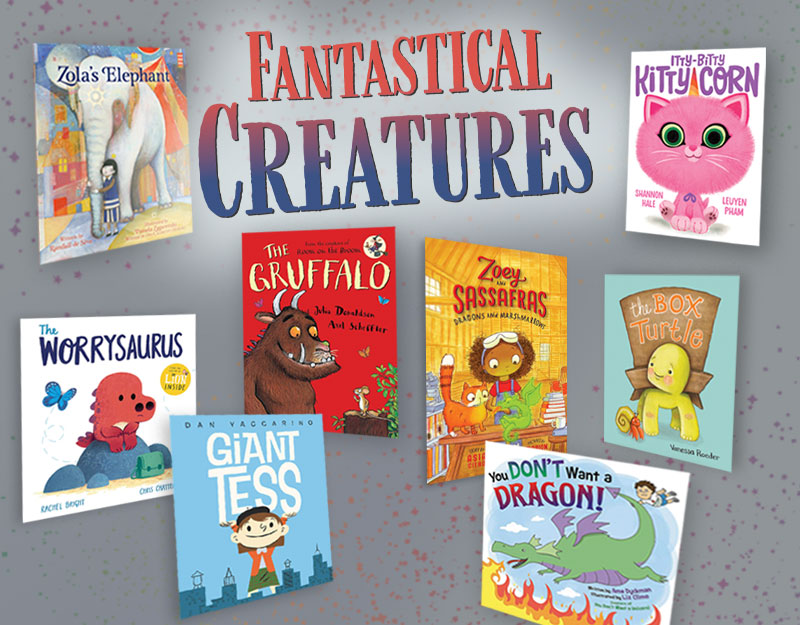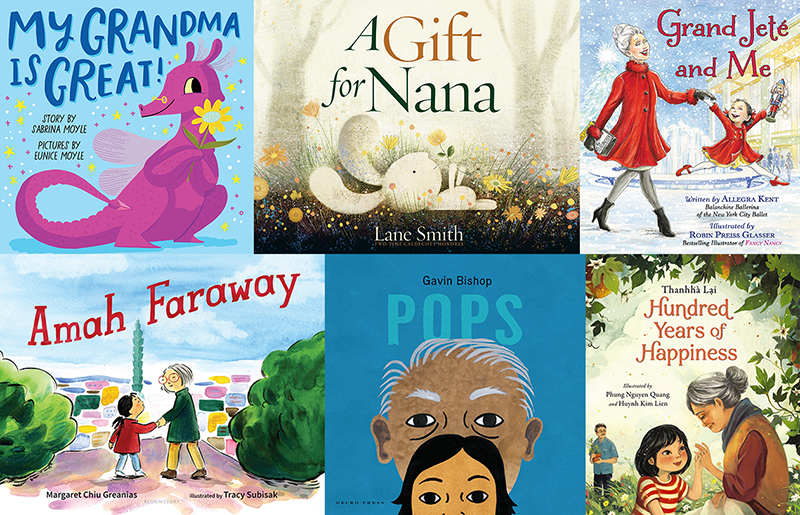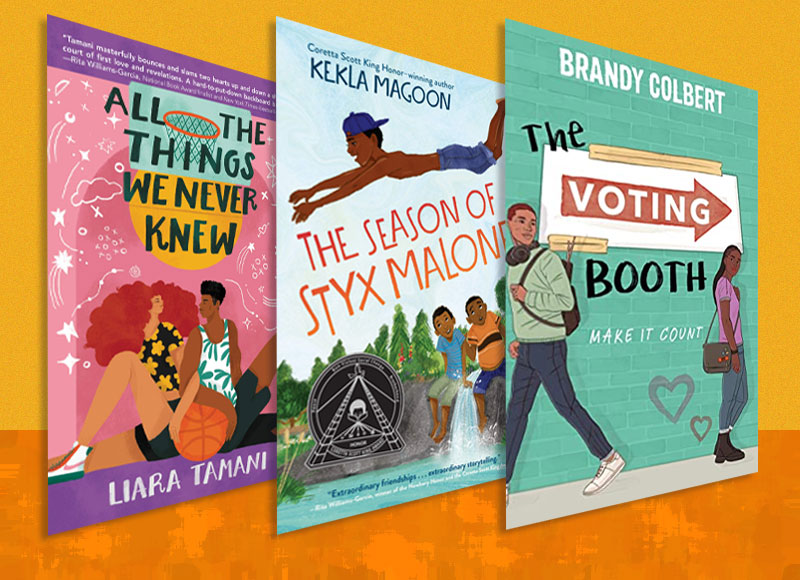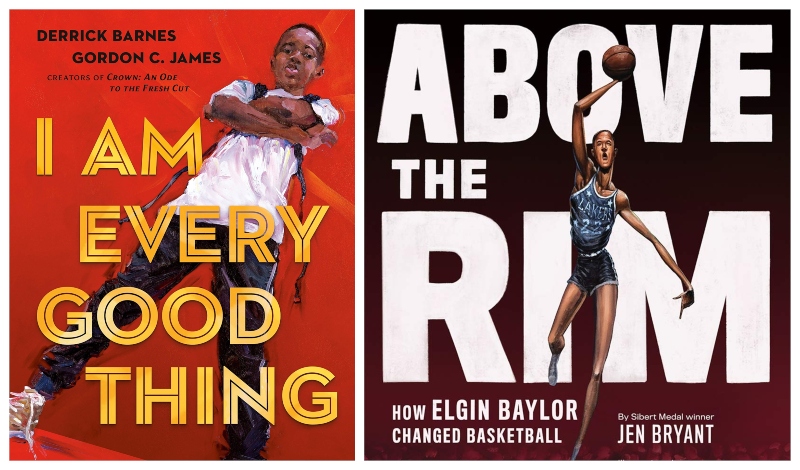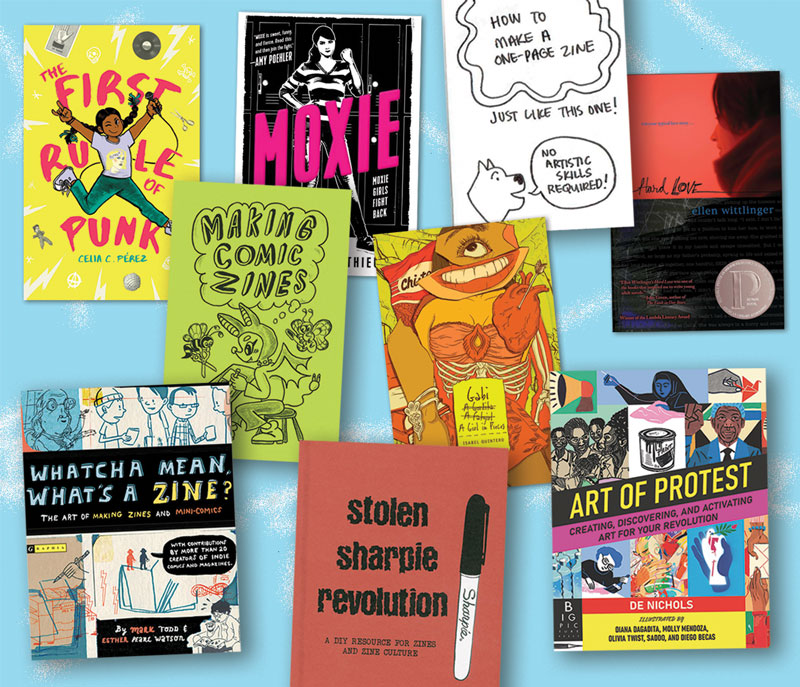Navigating Family, Middle School, and the Universe in We Dream of Space
Note to Our Readers: This week marks The Classroom Bookshelf’s 10-year anniversary. Given the unsettling times and unknown future that schools, educators, and children find themselves in these days, we opted for a simple note to commemorate this event. We hope this blog has been as source of inspiration and possibility for you and your students over the last ten years, and we look forward with hope to the future ahead.

We Dream of Space
Written by Erin Entrada Kelly
Published by Greenwillow Books, 2020
ISBN #978-0-06-274730-3
Grades 4 and up
Book Review
Something isn’t functioning smoothly within the Nelson Thomas family. Although siblings Cash, Fitch, and Bird attend the same middle school and they live in the same house with their parents, they move through life without any real connection or purpose. Having failed seventh grade, 13-year old Cash fears he doesn’t have the talent or academic abilities to play on the school basketball team. Grappling with a volatile temper, 12-year old Fitch only looks forward to playing video games at the local arcade. For his twin sister, Bird, who feels perpetually ignored by her family, becoming NASA’s first female shuttle commander is the dream that propels her forward. And their parents provide an unsteady family nucleus, given their constant quarreling. Set in January 1986 against the countdown to the launch of the Space Shuttle Challenger, this coming-of-age novel by Newbery Award-winning author Erin Entrada Kelly tells the story of a family searching for something to bring their orbits into alignment with their dreams and with one another before disaster strikes. As she has done in previous novels, Kelly portrays the inner lives of middle school youth with both delicacy and candor. Short chapters alternate among the three siblings’ points-of-view, providing insight into the hopes and frustrations of each. The Nelson Thomas family presents as default White, a departure from Entrada Kelly’s usual protagonists, but ethnic diversity appears in supporting characters. As a gentle tale of the everyday experiences of a family in crisis juxtaposed with the pending tragedy of the Challenger explosion, We Dream of Space is a captivating book for both ELA and STEAM curricula.
ADVERTISEMENT
ADVERTISEMENT
Teaching Invitations
Note to our Readers: These ideas are not meant to be prescriptive. Choose one. Choose more. It’s up to you. Some ideas are bigger and will take a number of days to complete. Some are shorter. You can also choose to complete one part of a teaching idea, but not the whole thing. It’s up to you!
Analyzing Book Titles. We Dream of Space is a clever title that could be interpreted in different ways. With your students, discuss the concept of a double entendre and how authors often use it to create meaningful titles for the stories they write. How is each of the Nelson Thomas family members dreaming of space, both literally and figuratively? Have students review the titles of stories they have written and try using a double entendre to revise some of those titles.
Duet Model: Planet Earth is Blue. A 2020 Charlotte Huck Award Recommended book, Planet Earth is Blue, by Nicole Panteleakos, is an ideal title to pair with We Dream of Space. Both middle grade novels frame the complex relationships of family and the bond between siblings through the context of the 1986 Challenger launch, but obviously in different ways. Have students read both novels to compare and contrast the ways the protagonists navigate family and friendships, as well as the ways that both novels portray the anticipation and then unexpected tragedy of the Challenger mission.
Changing the Game. Bird’s advice to Cash to “change the game” that is at the root of much of his frustration and self-discouragement resonates with her older brother. What did Bird mean when she said that? What was Cash’s immediate response, and how did he eventually respond a few days later? What “game” was she referring to literally and figuratively? What are some sources of frustration and disappointment that your students face in their daily lives? Brainstorm with them ways they might be able to “change the game” to gain more control and take action in their lives. Have them list actionable steps, no matter how small, and keep that list in a visible place—on the inside cover of their notebooks, on a classroom bulletin board, on a post-it note that they place on top of the electronic device they use to do their remote learning, etc. Check in with your students on a regular basis to help them reflect on their progress of changing the game. Some books you might want to share in support of this endeavor are Kwame Alexander’s The Crossover and Rebound, which also frame middle school experience through basketball. You may also want to use pair this activity with the book Saturday, by Oge Mora, and follow up with the invitation to draw or write their own stories about facing disappointment and changing the game.
Imagined Conversations with a Role Model. Several chapters in We Dream of Space are comprised of Bird’s imagined conversations with Dr. Judith Resnick, Mission Specialist for the Space Shuttle Challenger. Although Bird dreams of following in Judith Resnick’s footsteps, many of these conversations are about Bird’s everyday experiences at school and at home. Have students identify a role model they would like to converse with about a variety of topics. Guide them to research as much as they can about their individual role models in order to gain a solid sense of how that role model might respond to different questions and issues. Then have students write a series of imagined conversations with the role model, making sure they can point to evidence in their research that supports their vision of how that dialogue might go. Encourage students to find a partner to help them role play these dialogues to share more about their role models with the class.
Why Explore Space? The siblings’ science teacher, Ms. Salonga, challenges her students to identify at least five reasonable answers to the questions, “Why? Why are we going into space? Why are we spending so much money to send astronauts there?” (pp. 253-254). In the 60+ years since NASA was established, its strategic goals have shifted and evolved, depending on scientific and engineering advances, as well as national and political needs. Challenge students with the same questions, and then use their answers as the foundation for a whole-class discussion about the goals and significance of space exploration in today’s world. Some books you might want to also introduce to students are John Rocco’s How We Got to the Moon and Catherine Thimmesh’s Team Moon: How 400,000 People Landed Apollo 11 on the Moon.
Schematic Drawings. Bird draws dozens of schematics to give readers a “Bird’s-eye view” of the inner workings of various machines. Have your students draw their own sets of schematics, selecting a variety of machines they use every day in school and at home. Work with your school’s specialist team, including the school media specialist, music teacher, art teacher, shop teacher, gym teacher, and even the custodial staff and cafeteria workers to share different machines that can be easily taken apart to study how they work. Create a class set of schematics that can be shared with others in the school community as part of your STEAM curriculum.
Space Shuttle Flight Crews. As Ms. Salonga explains, each Space Shuttle flight crew was comprised of seven members: a shuttle commander, a pilot, three mission specialists, and two payload specialists. Drawing upon some of the simulation exercises she conducts with her class, divide your students into separate flight crews and randomly assign each student one of the flight crew roles. Have them research the responsibilities and skill set of their respective flight crew role and identify one or two notable astronauts who held that role. Provide scenarios in which each flight crew must work together in their respective roles to solve various problems or accomplish certain missions. Have students then reflect on their work in those scenarios, supporting their reflections with the research they conducted. Some helpful websites include NASA’s pages on the Space Shuttle Era and Shuttle Activities for Kids of All Ages, as well as some of the other sites listed below in Further Explorations.
References of the 1980s. In writing this historical fiction novel, author Erin Entrada Kelly sprinkles cultural references of the 1980s throughout the story. Such references include the names of songs and musicians, food brands, popular arcade games, and everyday technologies. As a class, compile a list of these references. Then have students interview someone they know in their family, school, or community who can explain and comment upon the references on that list. Have students share what they learned from these interviews and create a multimedia presentation of the 1980s references in the novel.
ADVERTISEMENT
ADVERTISEMENT
History of the Space Shuttle Program. NASA’s Space Shuttle Program operated for 30 years before it was retired in 2011. Have students research the program, using an inquiry approach to research its design, development, testing, components, missions, successes, and setbacks. Create a class text, such as an informational picture book or a website, that shares their research with others in their school or community. See if your school or local library can display this text on their website or along with other texts about space. Some helpful books and websites are listed below in Further Explorations.
Approaching the Challenger Tragedy. In 1986, schoolchildren across the United States witnessed the unexpected explosion of the Space Shuttle Challenger via live television broadcast, just as Bird did. Given the sensitive nature of this topic, consult your school administration and support team to discuss ways to explain this tragedy with your students. Depending on the approach you decide to take, support this discussion with appropriate print and digital resources that explain and commemorate the event and the crew. Guide students to research what caused the malfunction and how NASA worked to prevent such a tragedy from occurring again.
Erin Entrada Kelly Author Study. Gather a collection of Erin Entrada Kelly’s work and biographical information, including interviews and videos. As a class, read through the novels she wrote, noting similarities and differences across the books’ formats and styles. Pay special attention to her use of diverse languages, perspectives, and characters. Ask your students to identify patterns in setting, theme, character, and plot across the books. Based on students’ inquiries, observations, and analyses, compile a list of lessons about writing gained from this study and invite your students to try out some of the techniques you have discussed in their own work. See the websites and titles listed below as a starting point for gathering information. This teaching invitation originally appeared in our entry on Hello, Universe.
Critical Literacy
Female Firsts in Space Exploration. As the novel’s back matter explains, it took a long time for NASA to admit women into its programs. How have women been not just marginalized, but purposefully snubbed by NASA? What did it take for women to gain the opportunities and recognition that men did? Who are some other notable women in the Space Program, and how are girls and women regarded in the program today? How is the eventual participation and leadership of women in space explorations similar to and different from women’s history in other fields of science? What glass ceilings do women still have to break in the fields of space exploration and astronomy? Some texts that may help support this conversation include Almost Astronauts: 13 Women Who Dared to Dream, The Girl Who Named Pluto, Mae Among the Stars, Counting on Katherine, Hidden Figures: The True Story of Four Black Women and the Space Race, and Rebecca Siegel’s To Fly Among the Stars: The Hidden Story of the Fight for Women Astronauts.
Further Explorations
Online Resources
Erin Entrada Kelly’s website
http://www.erinentradakelly.com
NASA – Kennedy Space Center
https://www.kennedyspacecenter.com/explore-attractions/shuttle-a-ship-like-no-other
NASA – Space Shuttle Era
https://www.nasa.gov/mission_pages/shuttle/flyout/index.html
National Geographic – Space Shuttle Program
https://www.nationalgeographic.com/science/space/space-exploration/space-shuttle-program/
The Atlantic – The History of the Space Shuttle
https://www.theatlantic.com/photo/2011/07/the-history-of-the-space-shuttle/100097/
NASA – Shuttle Activities for Kids of All Ages
https://www.nasa.gov/audience/foreducators/rocketry/home/shuttle-activities-index.html
DKfindout! – Space Shuttle Facts
https://www.dkfindout.com/us/space/space-shuttle/
NASA – Remembering Space Shuttle Challenger
https://www.nasa.gov/multimedia/imagegallery/image_gallery_2437.html
Books
Becker, H. (2018). Counting on Katherine: How Katherine Collins saved Apollo 13. Henry Holt and Co.
Kelly, E. E. (2015). Blackbird fly. NGreenwillow Books.
Kelly, E. E. (2017). Hello, universe. Greenwillow Books.
Kelly, E. E. (2019). Lalani of the distant sea. Greenwillow Books.
Kelly, E. E. (2016). The land of forgotten girls. Greenwillow Books.
Panteleakos, N. (2019). Planet Earth is blue. Yearling.
Robbins, D. (2017). Margaret and the moon. Ill. by L. Knisley. Knopf Books for Young Readers.
Rocco, J. (2020). How we got to the moon. Crown Books for Young Readers.
Reed, L. G. (2020). The science of defying gravity. Keyes Canyon Press.
Shetterly, M. L. (2016). Hidden figures: The American dream and the untold story of the Black women who helped win the Space Race. William Morrow and Company.
Shetterly, M. L. (2018). Hidden figures: The true story of four Black women and the Space Race. Ill. by L. Freeman. HarperCollins.
Siegel, R. (2020). To fly among the stars: The hidden story of the fight for women astronauts. Scholastic Focus.
Stone, T. L. (2009). Almost astronauts: 13 women who dared to dream. Candlewick Press.
Thimmesh, C. (2006). Team moon: how 400,000 people landed Apollo 11 on the moon. New York: Houghton Mifflin.
Filed under: Fiction, Historical Fiction, Novels
About Grace Enriquez
Grace is an associate professor of language and literacy at Lesley University. A former English Language Arts teacher, reading specialist, and literacy consultant, she teaches and writes about children’s literature, critical literacies, and literacies and embodiment. Grace is co-author of The Reading Turn-Around and co-editor of Literacies, Learning, and the Body.
ADVERTISEMENT
ADVERTISEMENT
SLJ Blog Network
Winter Light: An Aaron Becker Interview and Video Trailer Reveal!
Tegan and Sara: Crush | Review
Wednesday Roundup: Pointing at Poetry
The Seven Bills That Will Safeguard the Future of School Librarianship
Take 5: Resources for RA Ideas
Gayle Forman Visits The Yarn!
ADVERTISEMENT



